GS-2669 RT
The Genie® GS™-2669 RT rough terrain scissor lift is a tough, construction-oriented four-wheel drive machine with positive traction control, which can increase operator productivity on demanding outdoor worksit...
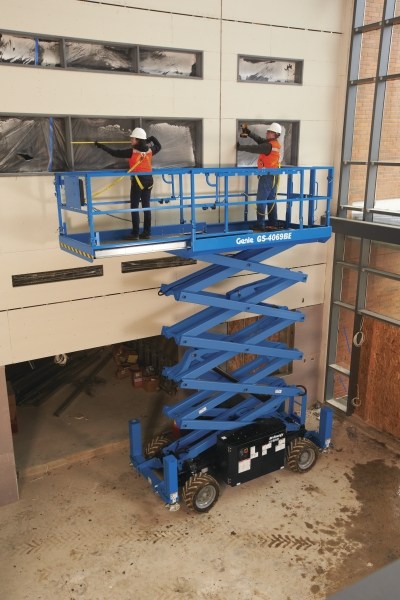
The only 40-ft full drive height unit in its class, the Genie® GS™-4069 RT rough terrain scissor lift features four-wheel drive and positive traction control, offering up to 40% gradeability when driving on slopes — making it ideal for use on demanding outdoor worksites.
Overview
| Specification | Value |
|---|---|
| Max Working Height | 46 ft 3 in | 14.30 m |
| Platform Capacity | 800 lb | 363 kg |
| Machine Width | 5 ft 9 in | 1.75 m |
| Machine Length | 10 ft 3 in | 3.12 m |
| Weight | 10,392 lb | 4,714 kg |
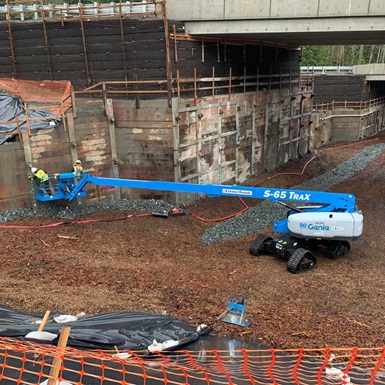
When it’s time for your next boom lift — whether you’re renting or buying — you may be inclined to quickly select the most appropriate wheeled model. But in recent years you may have noticed that more and more tracked models are showing up on a range of worksites. That’s because there’s growing awareness that tracks can offer performance advantages over wheels in certain situations.
Continue Reading
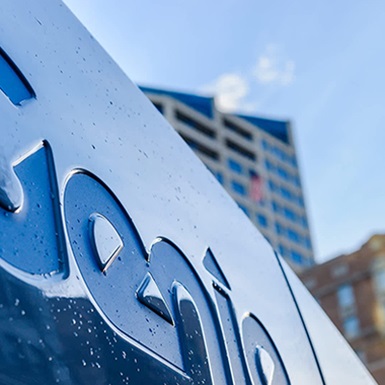
Once equipment is in the field, operators must follow the prescribed operating practices outlined in the manufacturer’s operator’s manual to keep the equipment working safely and productively. The best way to reduce risks while operating a boom lift and scissor lift is to know and follow these eight tips.
Continue Reading
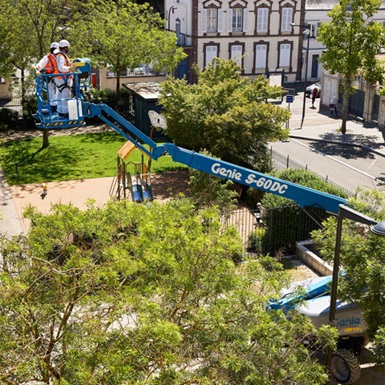
We at Genie have been hearing from contractors and other equipment users — and from rental companies and dealers — with questions about charging, performance, operation and more when it comes to electric boom lifts and electric scissor lifts. With that in mind, here are our responses to some of the most frequently asked questions about electric mobile elevating work platforms.
Continue Reading

While quality certainly impacts manufacturing and production, all functions and all businesses — not just manufacturing — can benefit from defining and deploying quality management systems throughout their organization.
Continue Reading
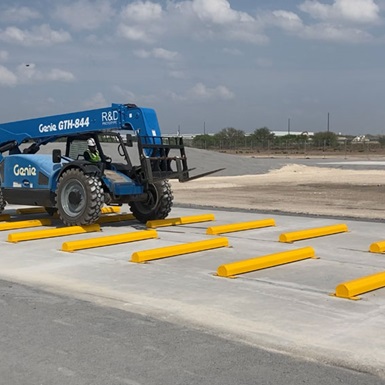
When you’re shopping for a new piece of aerial equipment or a material handler, you probably have a long list of questions related to machine features, specs and cost. But how often do you inquire about the research and development that went into that product?
Continue Reading